
April 29

May 10

May 25
The trees seldom become older than 250 years. It starts flowering at an age of about 30 years and at around 100 years of age growth in height ceases. It can reach a height of up to 30 m and a girth of over 6 m. The tallest living ash tree in Sweden is 30 m (girth 4.72 m) and the biggest has a girth of 7.30 m (height 22 m).
The common ash has been studied as part of my PhD research and the results are included in my PhD thesis. Further studies have been conducted by the EU-funded research project FRAXIGEN.
An example of a closely related species is F. angustifolia, which is also wind-pollinated but has an andromonoecious breeding system.
For information on an entomophilous (insect pollinated) species, see the page of Fraxinus ornus.
Images of other Fraxinus species are here.
 April 29 |
 May 10 |
 May 25 |
Flowering sequence of a Fraxinus excelsior tree on the Swedish westcoast in 1995.
All photos © by Eva Wallander
Overview [trees in spring | tree with view over Göteborg harbor | large solitary tree | tree on forest edge]
Hermaphrodite flowers [large inflorescences | smaller infl. | another branch | view of mast flowering | Four floral types]
Male flowers [branch with large inflorescences | another branch | close-up on male infl. | branch with pollen dispersing flowers | almost empty stamens]
Female flowers [branch with newly opened pistillate inflorescences | another branch | and another branch at a later stage | close-up]
Foliage and fruits [young fruits | fruits and leaves | mast fruiting]
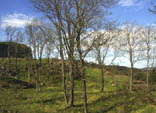 |
 |
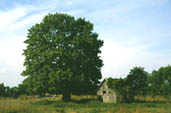 |
 |
 |
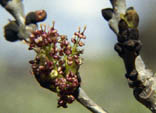 |
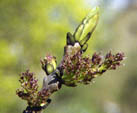 |
 |
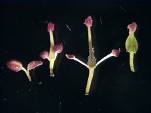 |
 |
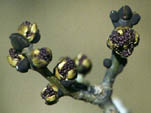 |
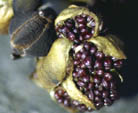 |
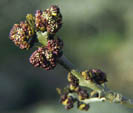 |
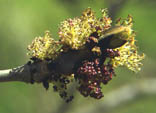 |
 |
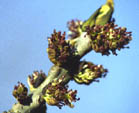 |
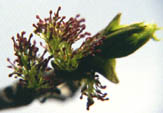 |
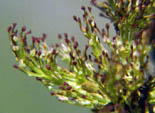 |
 |
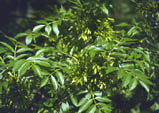 |
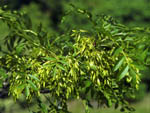 |
Maintained by Eva Wallander | Last updated: 2010-03-04